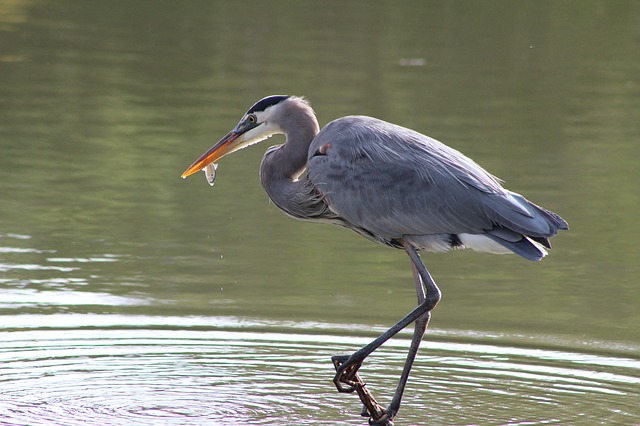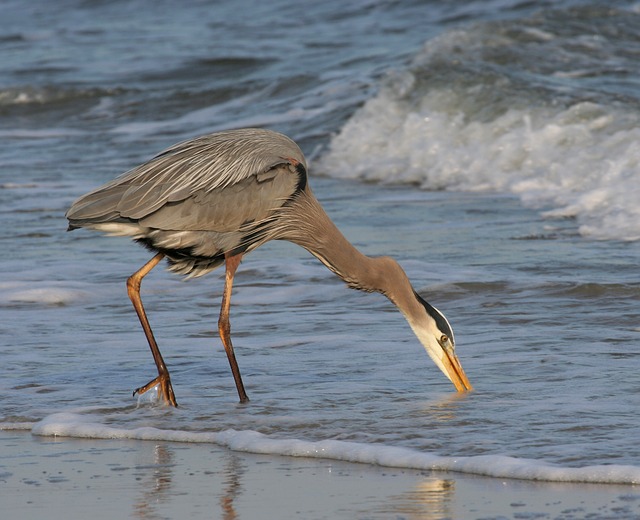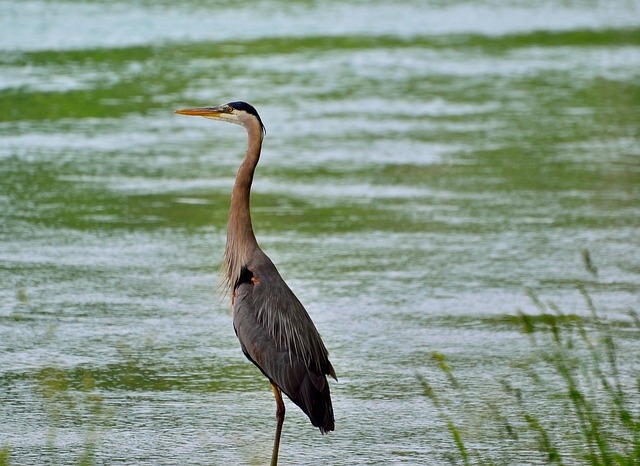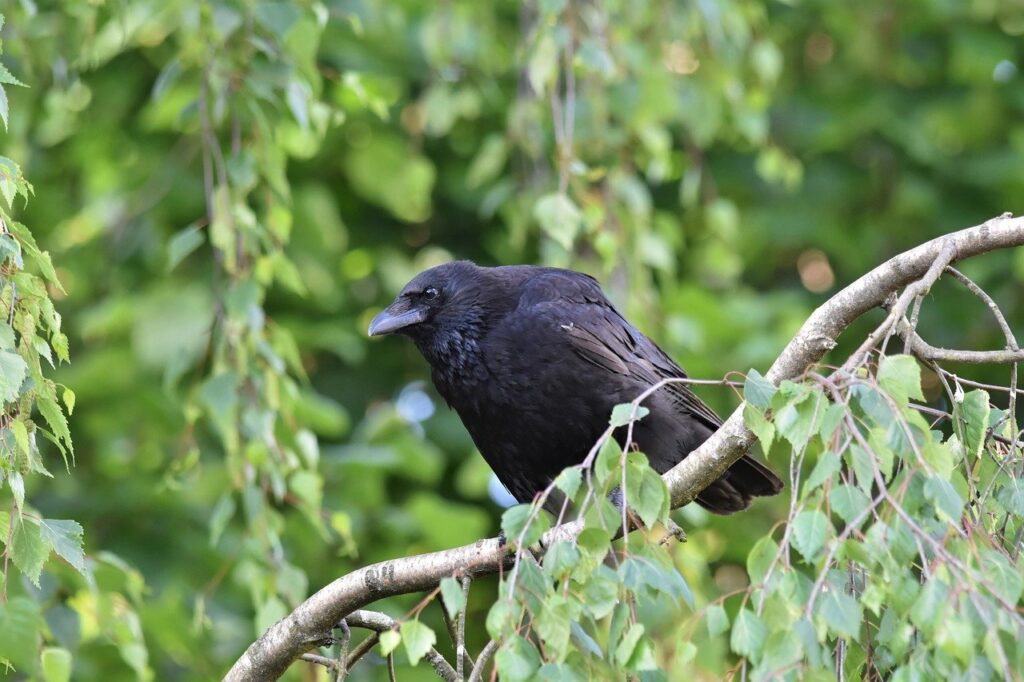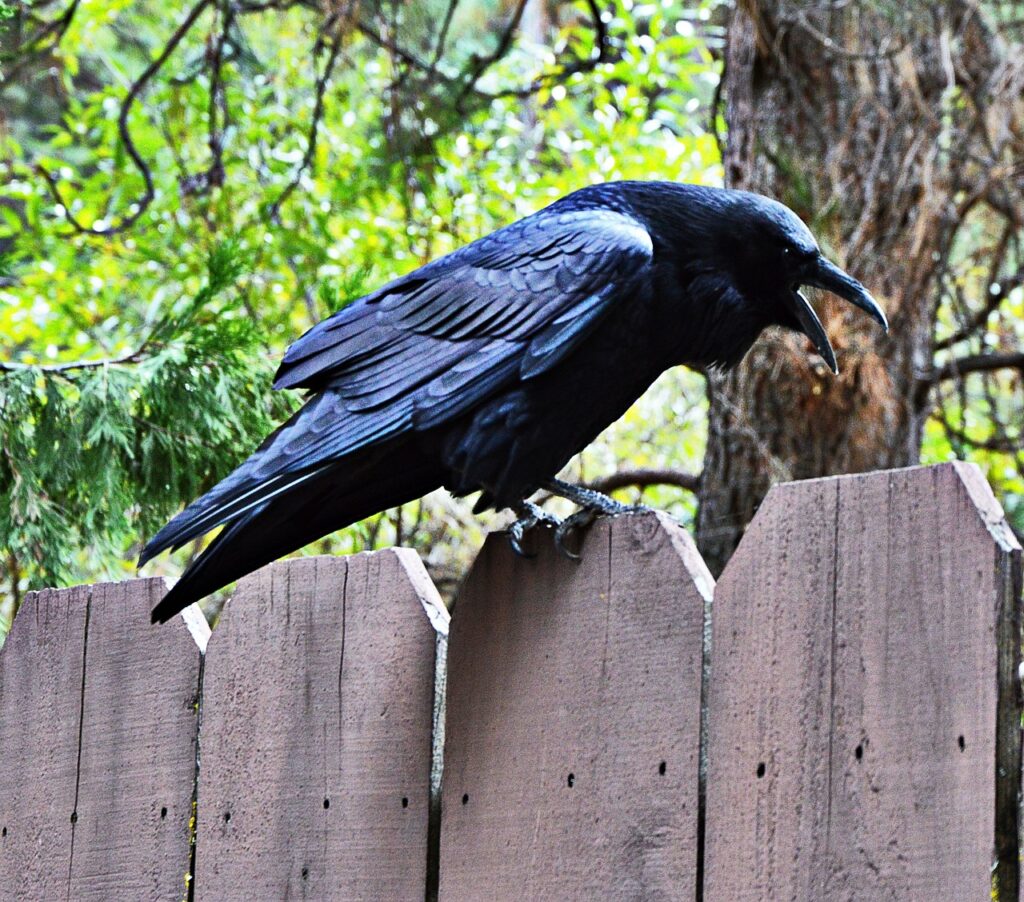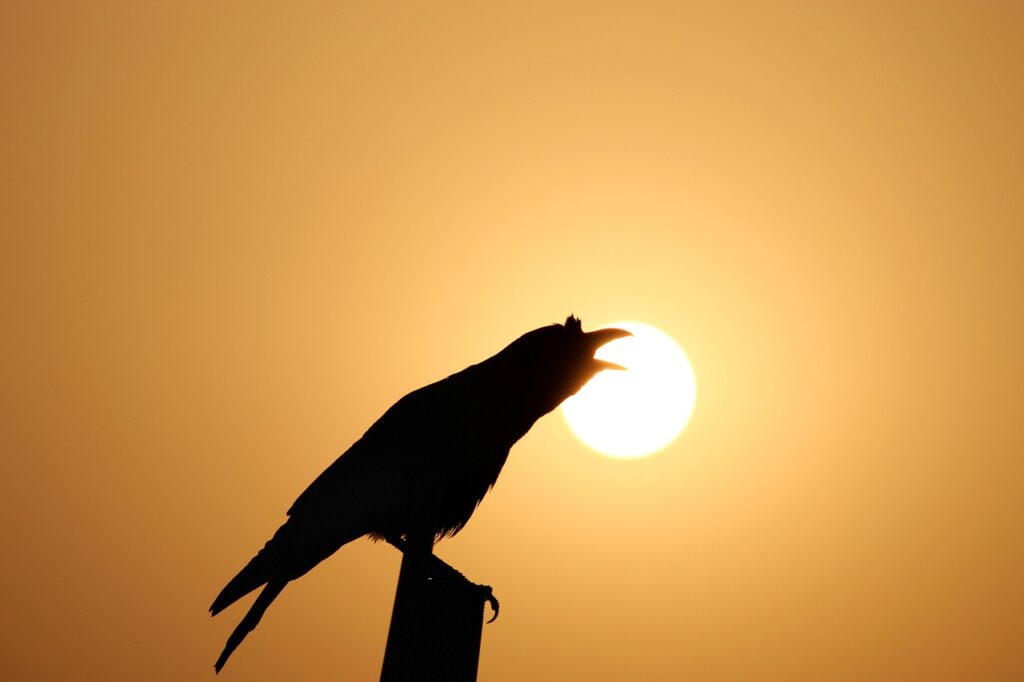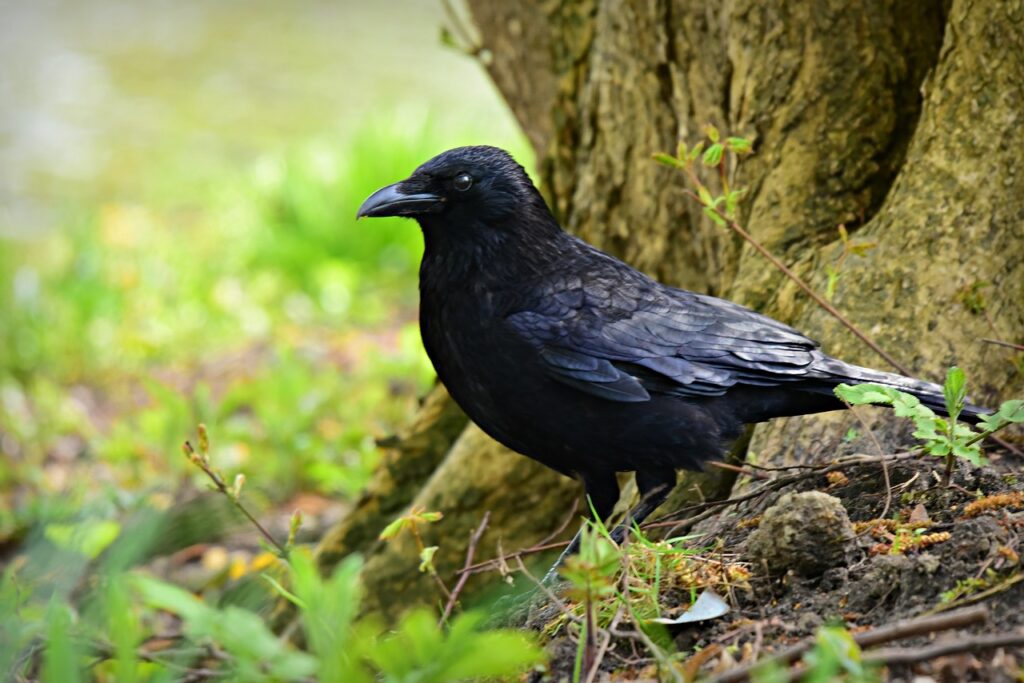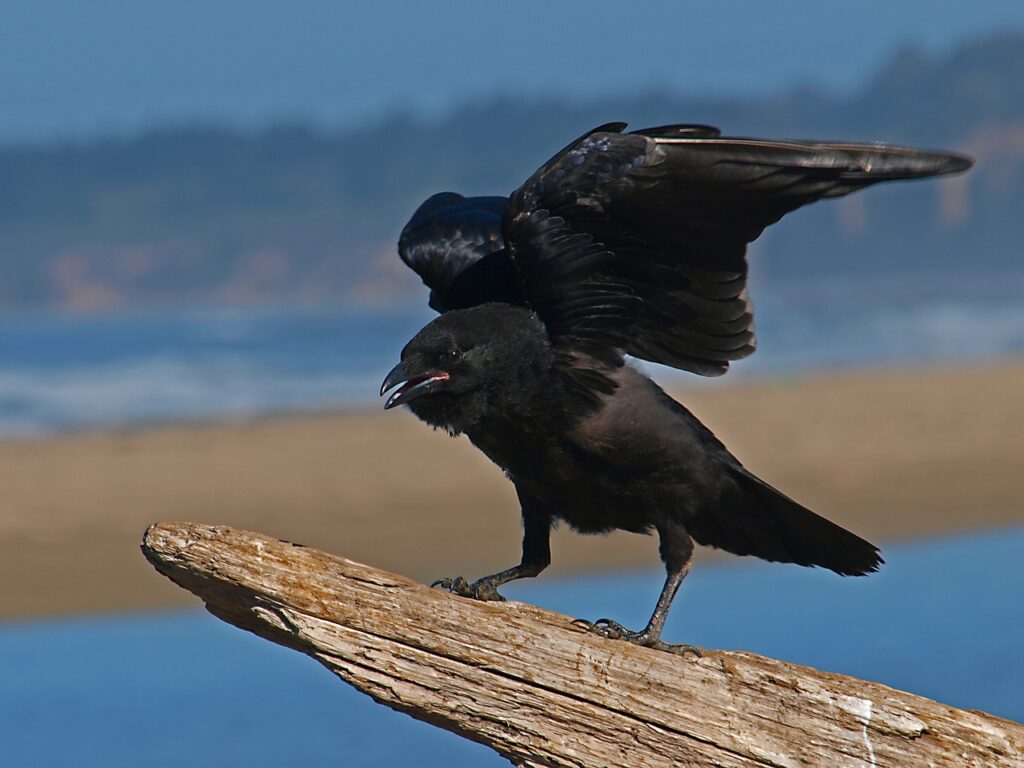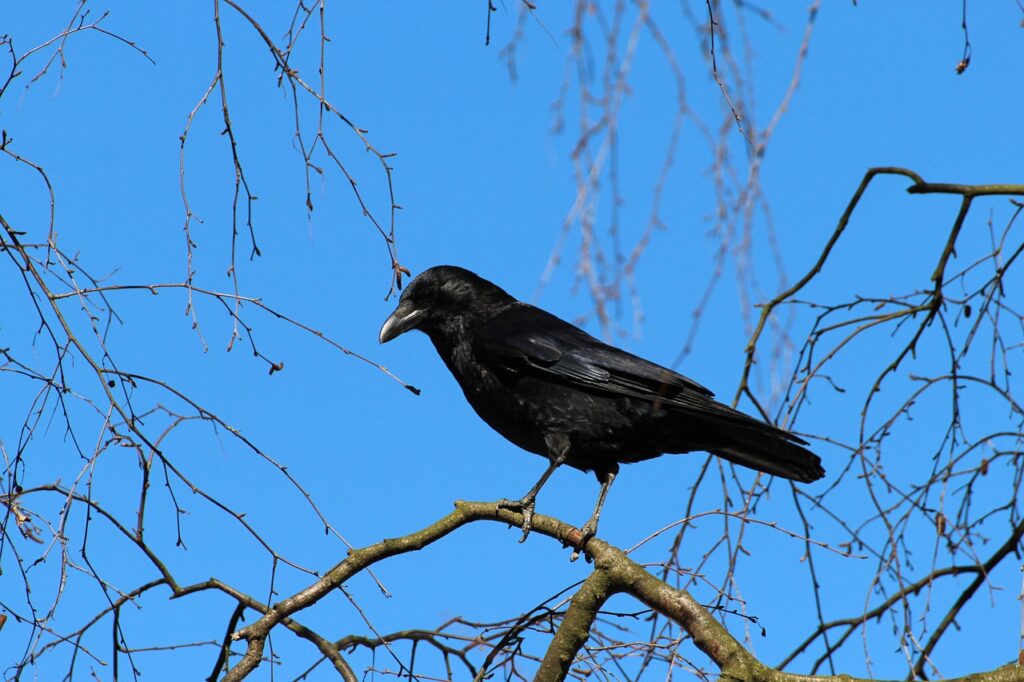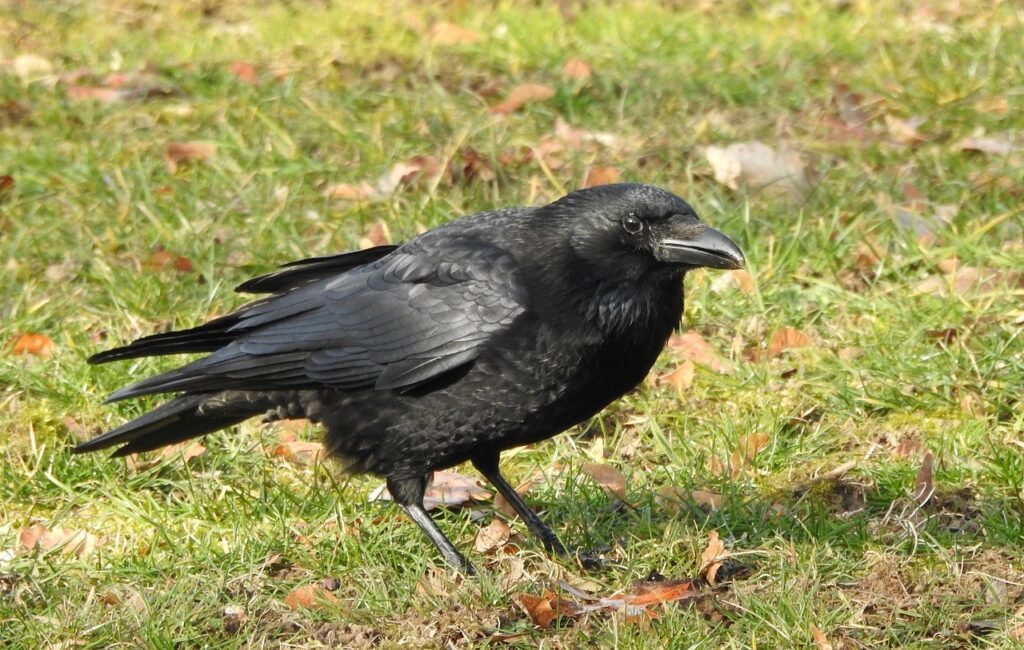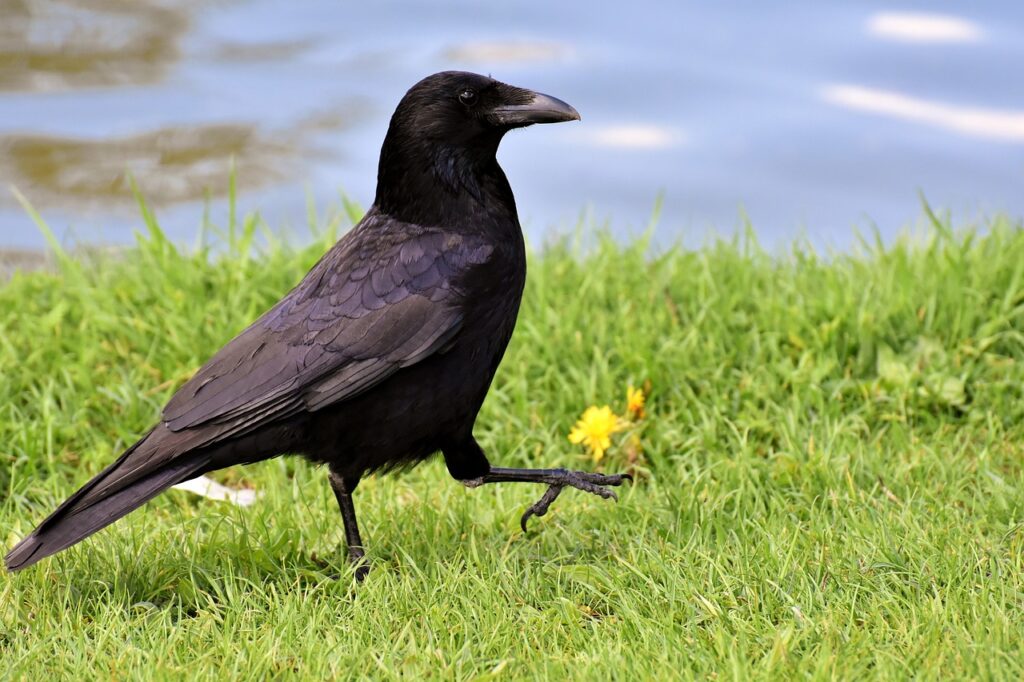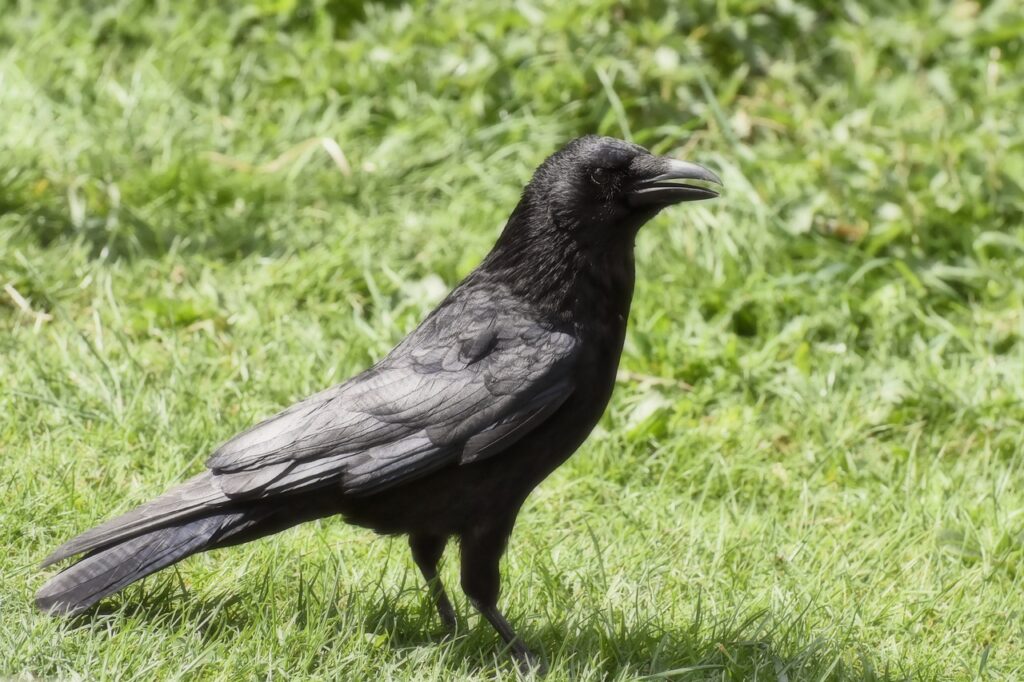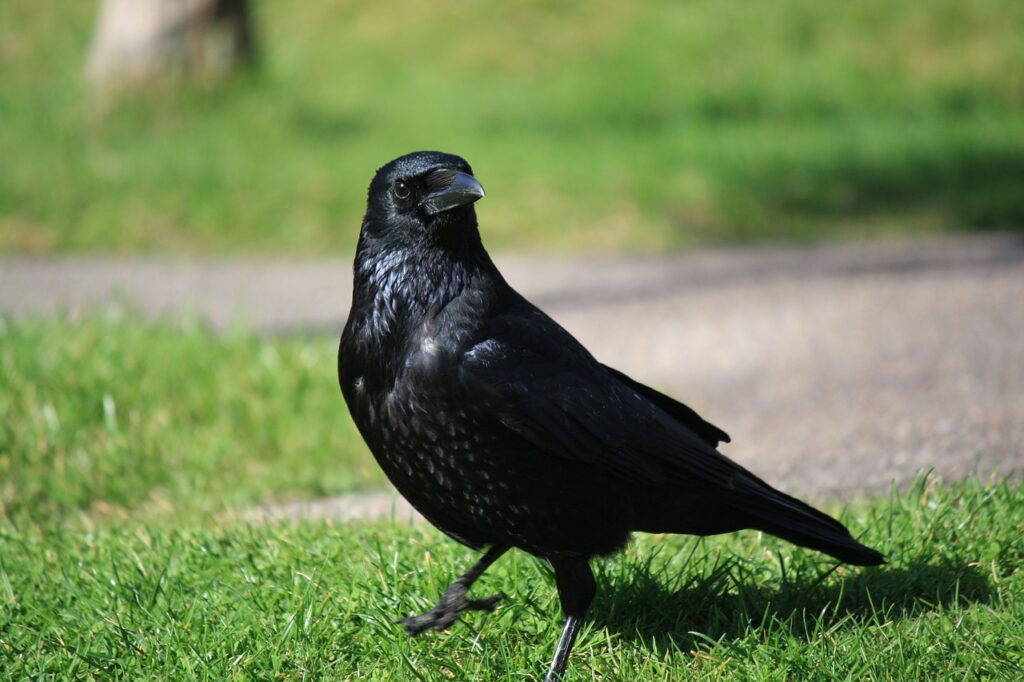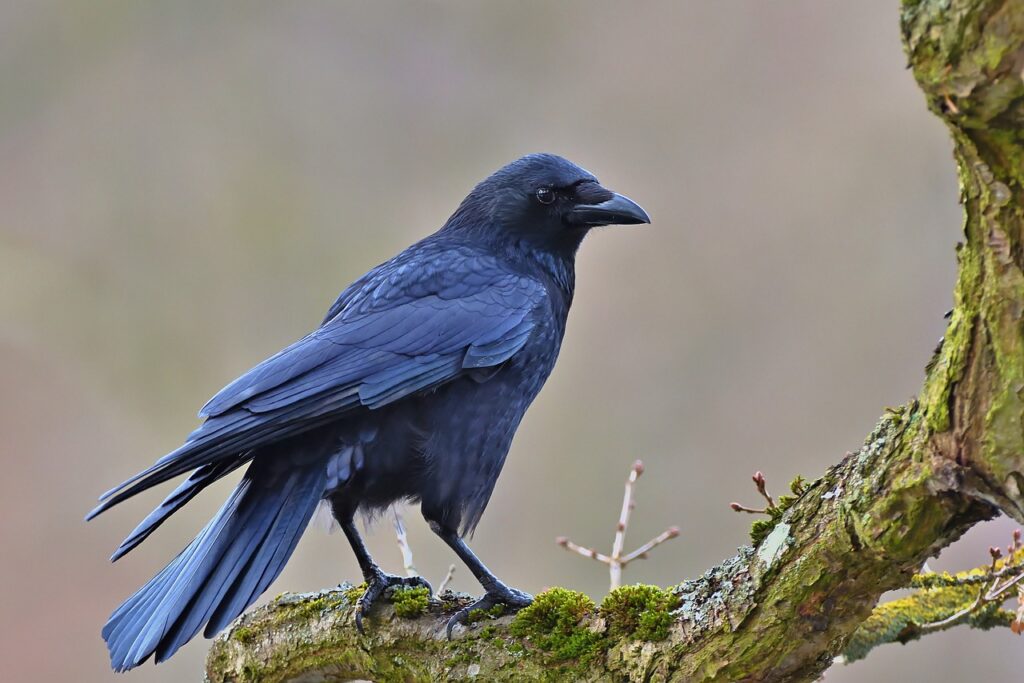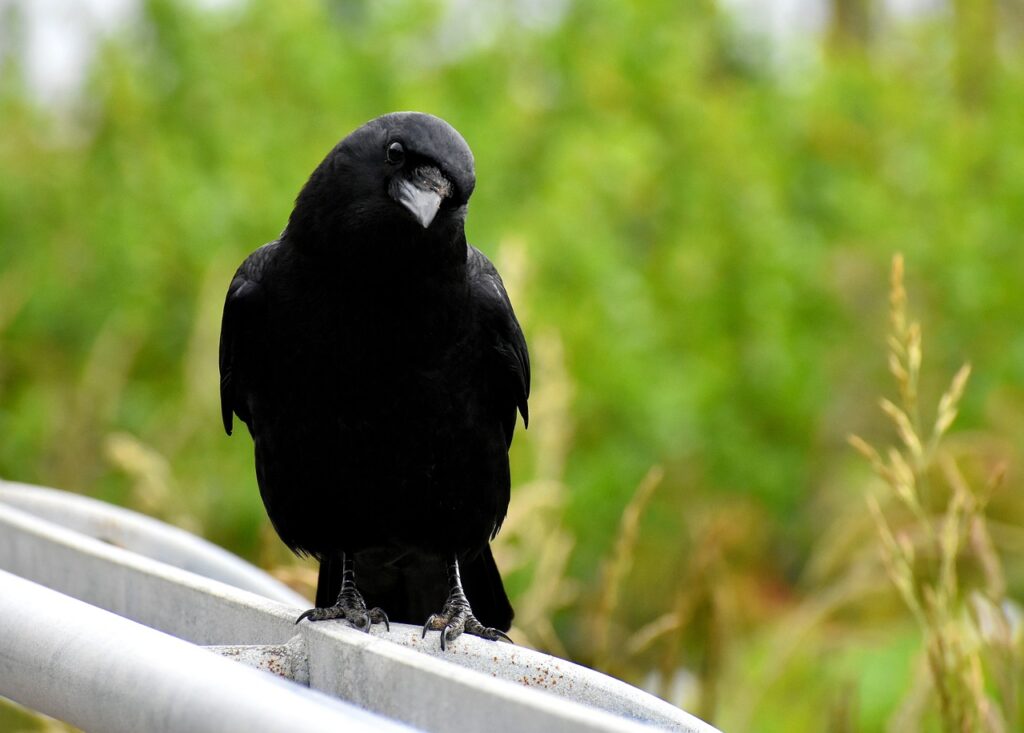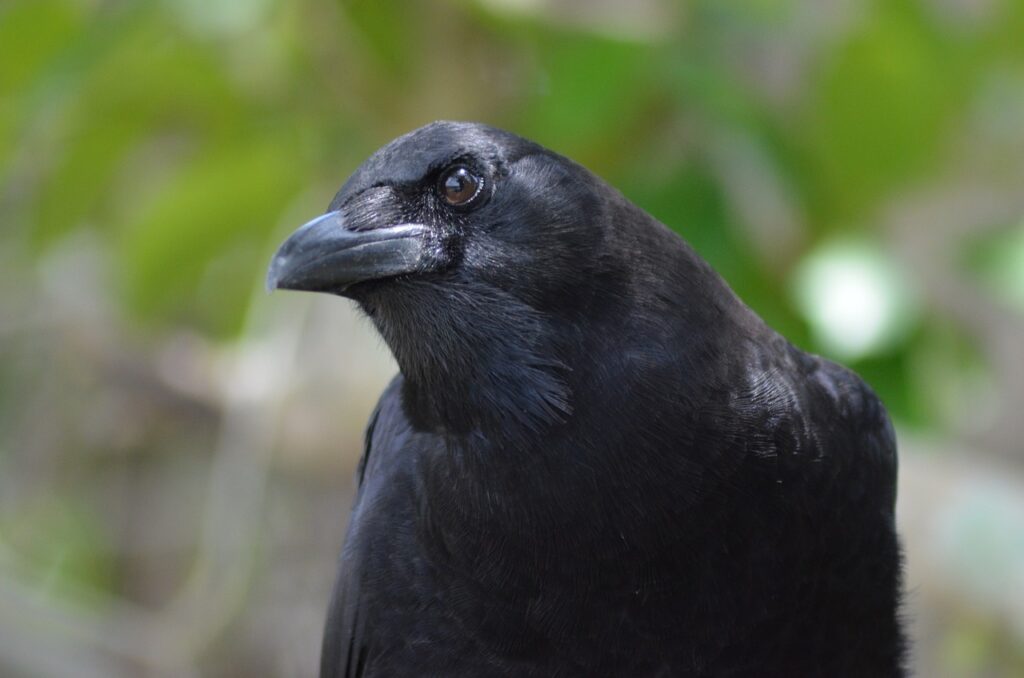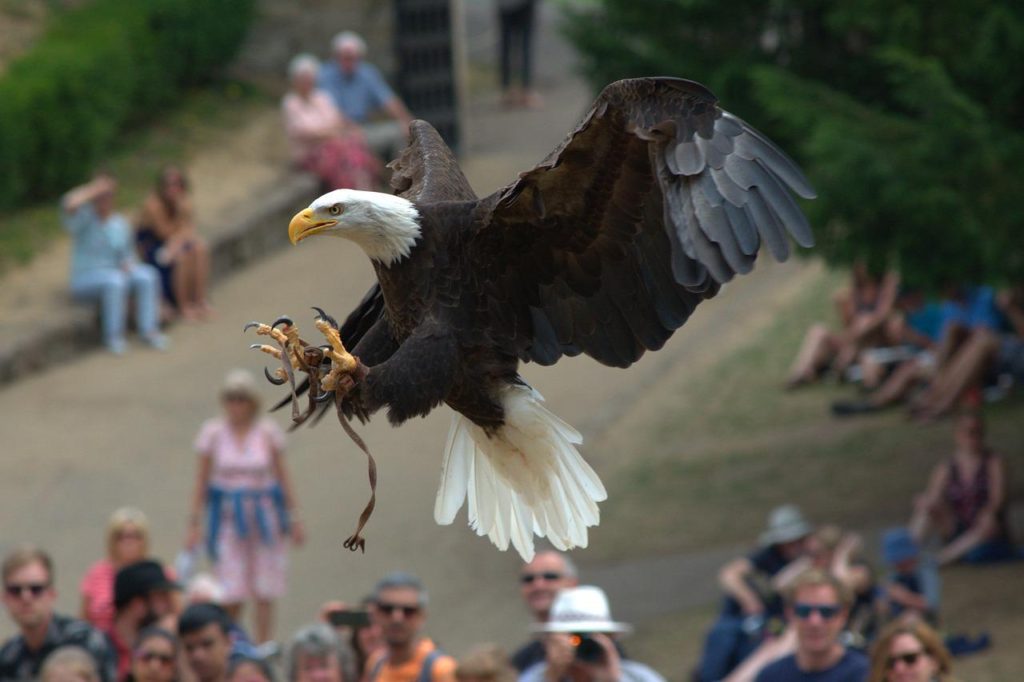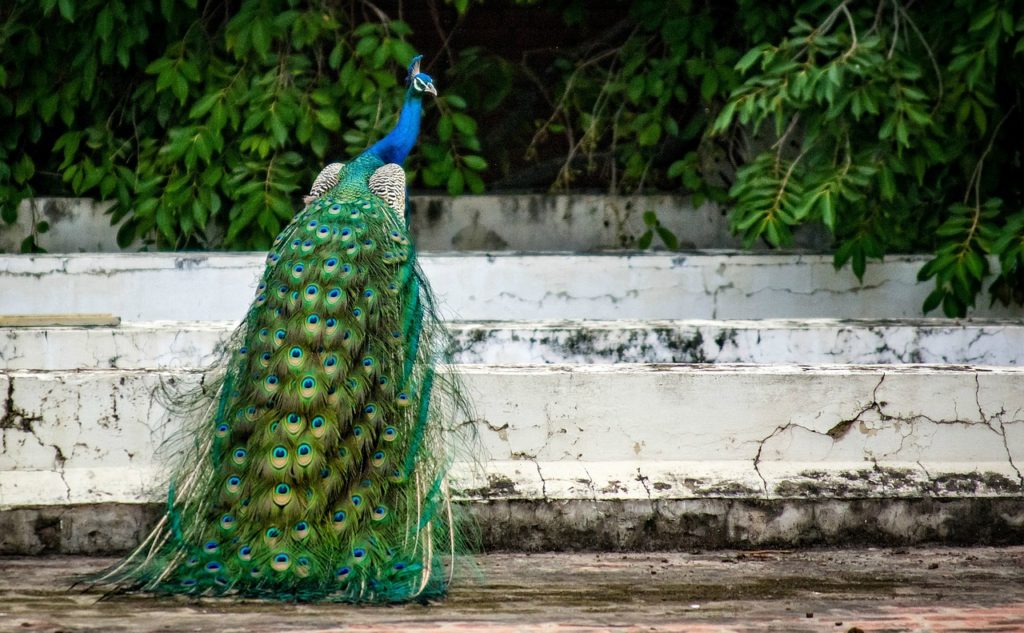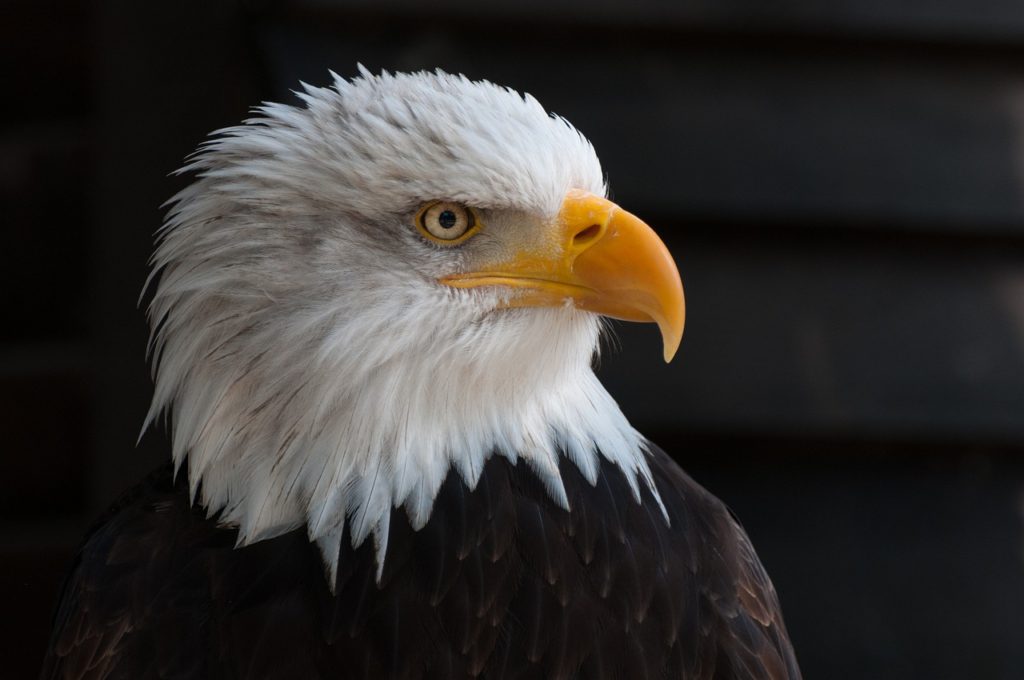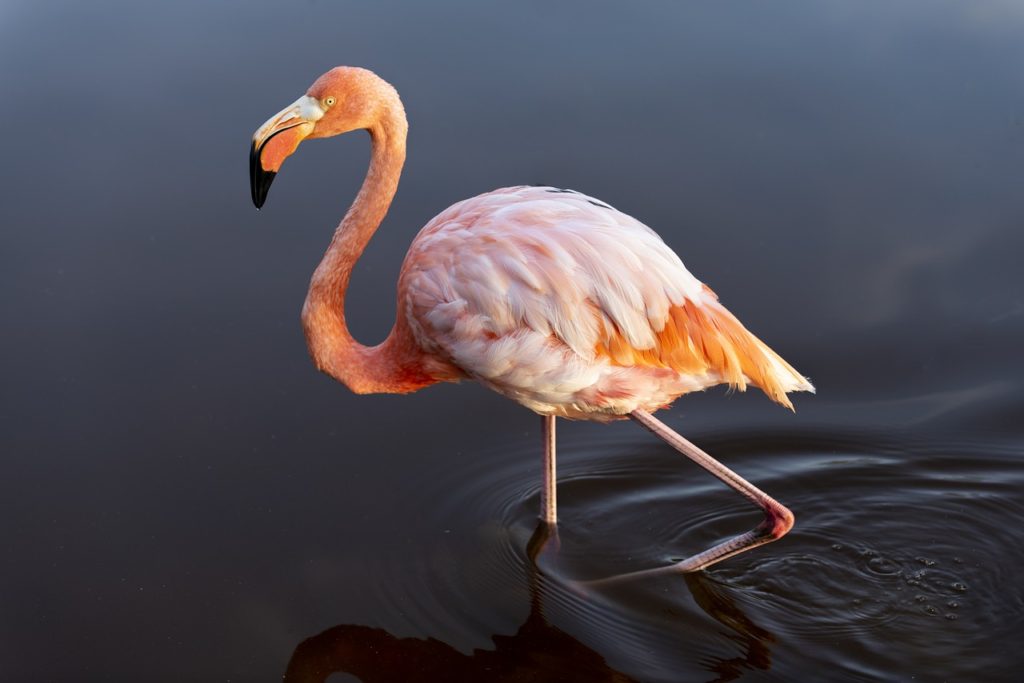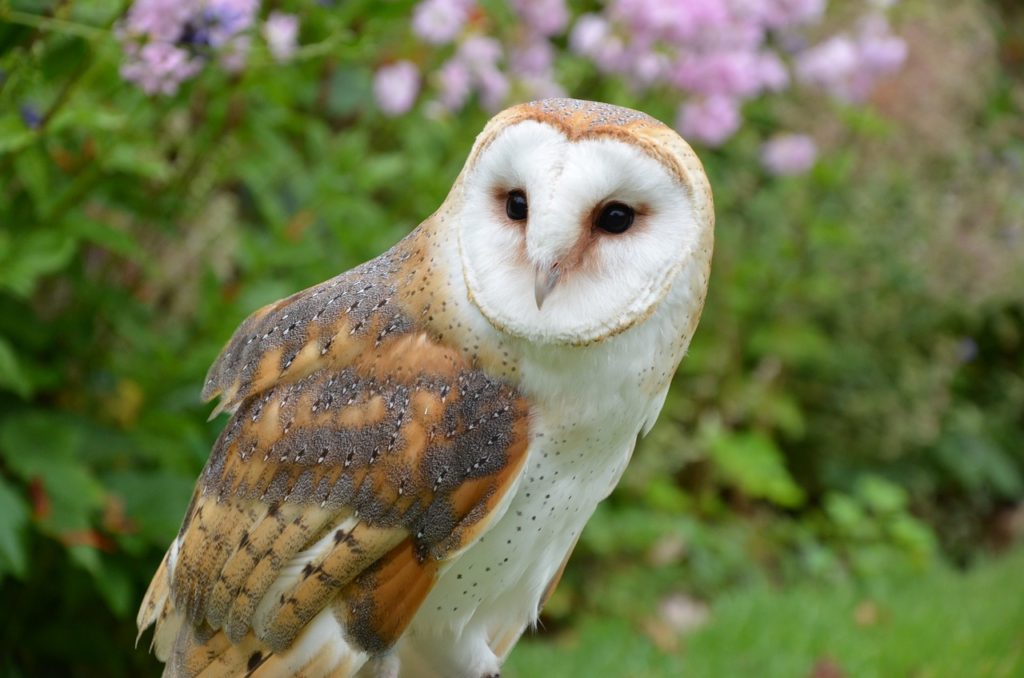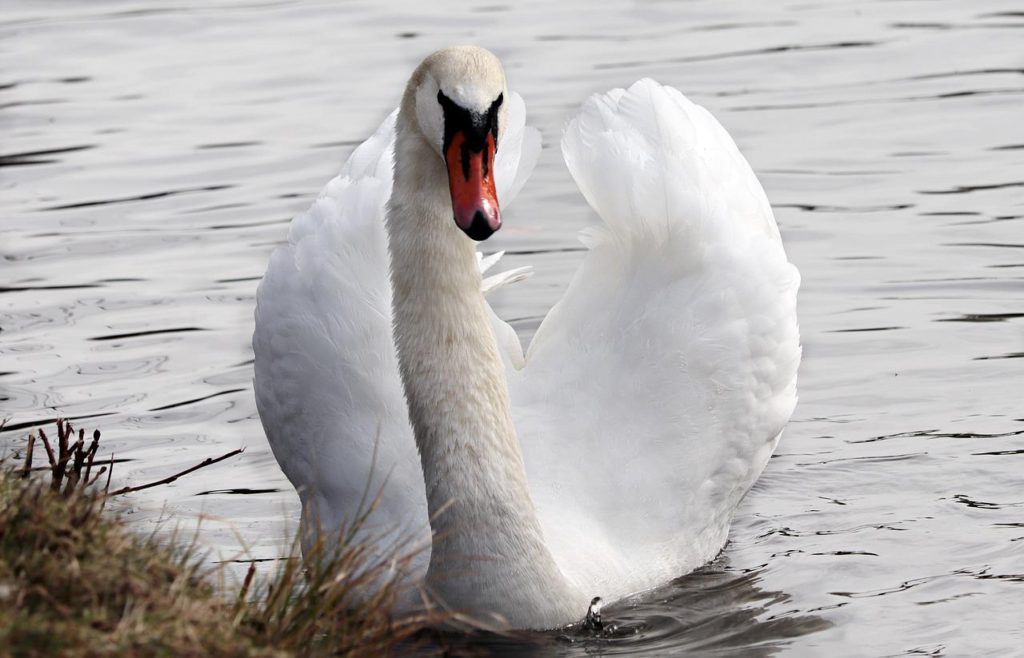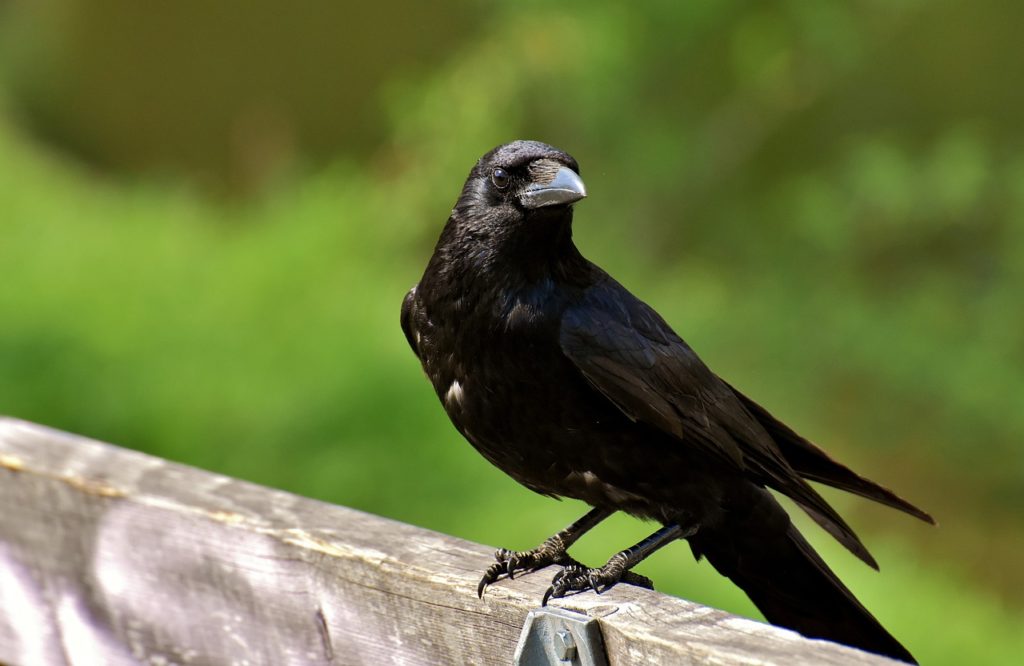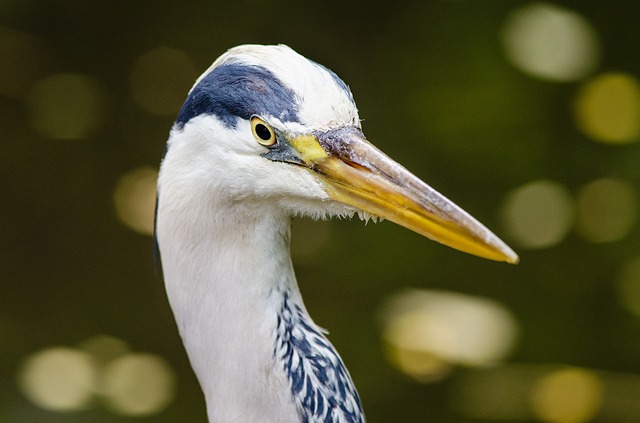
The life expectancy of birds is known to be closely related to their size. So as the biggest heron species in North America, how long do great blue herons live? The average life expectancy for these large birds is around fifteen years. However, surviving their first year is no easy task.
The Size-Age Connection
Great blue herons reach heights of four and a half feet and can have wingspans of up to six and a half feet wide. As a general rule, it’s accepted that the size of a bird correlates to its lifespan. So it’s no wonder great blue herons have a much longer lifespan than most smaller birds.
In fact, the oldest great blue heron on record is believed to be at least twenty-four. Flamingoes are another example of this general rule as these tall birds have an average lifespan of thirty years or more.
The Dangers Young Herons Face
While great blue herons live to an older age than many other bird species, there are also many perils and challenges they must face early on and often even before even hatching. Despite the fact that herons typically lay from three to six eggs in an average brood only two young herons on average will survive.
Herons are extremely sensitive when nesting and may abandon nests, young, and breeding colonies if they are disturbed by humans. While adult herons don’t have many predators once full-grown, many animals eat young herons and heron eggs. Predators such as raccoons, opossums, minks, and alligators are common threats among a handful of others.
Eagles in particular are a big threat, especially bald eagles. And just like when disturbed by humans, when there is a persistent eagle threat herons may abandon their nests completely.
In times when food is hard to find the weakest hatchlings typically die of starvation and then there is always the threat of simply falling out of the nest. Cold weather, windstorms, and heavy rain during hatching also commonly cause the death of baby herons.
High-Mortality Rate
Things don’t get any easier for young herons, at least not at first. Past studies on banded great blue herons in North America have shown that after leaving the nest the mortality rate for the first year of their life is around seventy percent. These are usually due to mistakes made because of the birds’ lack of experience. However, after the first year, the death rate decreases steadily.
Challenges Of Adult Herons
As adults, great blue herons have few predators, because of their large size and sharp beak they are simply too much to handle for most animals. However many herons are killed each year and often illegally by humans. Herons primarily eat fish which can cause them to get into trouble when it comes to stealing fish from commercial fish farms and backyard ponds.
There are a few ways to efficiently and humanely deter herons such as by using a heron decoy for example. Decoys trick these territorial feeders into thinking that another heron has already claimed the area, so they won’t land. However, a bullet is unfortunately sometimes used instead.
Because herons are at the top of the food chain they are affected by toxins. While we don’t know the full effects of the toxins on adult birds it does affect their reproduction. Mercury, selenium, and PCBs, in particular, have been proven to cause their eggshells to become too fragile to survive normal incubation.
Last but not least draining wetlands and the loss of other feeding habitats for development can drastically impact the reproduction rate of local heron populations. This is due to the fact that the number of breeding great blue herons is directly related to the amount of feeding habitat available.
Great blue herons are special and unique birds. While they can be considered pests in some circumstances deterrents are always the best solution. And to help ensure great blue herons live as long as possible feeding habitats and breeding areas need to be protected.
Start Shopping for Birding Supplies!
Crow Symbolism: Everything You Need To Know
Ever wondered why the crow has captured the imagination of so many cultures throughout history? Let's embark on a fascinating journey through the world of crow symbolism, unraveling its mysteries and discovering its significance across various cultures, religions, and...
Creepy Facts About Crows
Crows are highly intelligent birds that have thrived alongside us humans. However, while they are fascinating creatures, at the same time, there are many things about them that many people find quite unsettling. That being said here as some of the most creepy facts...
Why Are Crows So Loud?
As anyone who has heard their loud "caws," can tell you, crows are very noisy birds. In fact, they are considered one of the loudest of all bird species. But why are crows so loud? Read on to find out. The Importance Of Vocalizations Crows use vocalizations to pass on...
Do Crows Remember Faces?
Crows are known for their intelligence. But do crows remember faces? You bet they do! Here's what you'll want to know. Crow Intelligence Crows are brilliant birds. In fact, their level of intelligence is often compared to that of primates. They are so smart that they...
Why Are Crows Black?
American crows are birds with all-black plumage. But why are crows black? Well, there are several reasons. Read on to find out. Bird Color Basics Birds are some of the most colorful creatures on the planet. And they come in an amazing range of colors from white to...
Are All Crows Black?
When it comes to crows, most people are familiar with the image of a sleek-looking solid black bird. But are all crows black? No, they aren't. Here's what you'll want to know. The American Crow Is Not All Crows The American crow is found throughout most of North...
How Long Do Crows Live?
How long do crows live? That's one of the many questions people ask about these familiar all-black birds. Here's what you'll want to know about the lifespan of crows and what affects it. How Long Do Crows Live In The Wild? In the wild American crows have a lifespan of...
Enemies Of Crows
Crows are a common sight in many parts of the world. However, most of us don't realize that these distinctive jet-black birds face a range of threats even when they are in our own backyards. The following are the main enemies of crows. Natural Predators of Crows One...
Predators of Crows
In many places, crows are such a common sight that it can be easy to forget that they actually have many predators. And being "on the menu," for a range of other animals is actually why these birds are so wary. That being said, here is everything you'll want to know...
Are Crows Territorial?
Are crows territorial? The answer is yes. However, just how territorial they are can depend on several factors. Here’s what you’ll need to know. Territoriality In Birds Territoriality is the behavioral trait of defending and maintaining a specific area territory...
What Eats Crows?
Crows are large and highly intelligent birds that eat a wide variety of foods including many other animals. So, what eats crows? Here are the most common crow predators and what you’ll want to know about them. Birds Of Prey The birds of prey are a group of predatory...
Are Crows Friendly?
Crows are commonly seen, and heard, in close proximity to us in our towns and cities. But are crows friendly? The answer may surprise you. Crows Are Highly Social Birds Crows are social birds that live in family groups. And they are well known for forming close bonds...
Do Crows Mate For Life?
Do crows mate for life? Yes, they do. And this behavior is highly advantageous to them. Here's what you'll want to know. How Do Crows Attract A Mate? Crows are social birds; most of the year, they live in small family groups. During the breeding season, however,...
Birds With Talons
All birds have claws. However, only a few types have the scary-looking and dagger-sharp claws called, “talons”. So here are the birds with talons and what you’ll want to know about each of them. What Are Talons? Talons are the claws of a group of predatory birds known...
Birds With Tails
Just like birds themselves, birds’ tails come in a wide range of shapes and sizes. And some tails of course are more interesting and remarkable than others. The following are birds with tails that never fail to impress! Long-Tailed Tit The long-tailed tit, also known...
Birds With White Heads
There's no doubt about it, birds with white heads really stand out. From small to large they are quite a unique bunch. So here are some of the most fascinating white-headed birds and what you'll want to know about them White-Headed Vulture The white-headed vulture is...
Birds That Look Like Flamingos
Flamingos are wading birds with long necks and legs. These social birds live in groups and have strongly hooked downward-facing beaks which they use to feed on shrimp and other small water creatures. And they are famous for their stunning pink color. With such a...
How To Attract Owls To Your Yard
Owls are nocturnal birds of prey that can be extremely helpful when it comes to controlling rodent populations in a natural way. That is of course if you can attract them to your property by creating an owl-friendly habitat. So keep reading to find out how to attract...
Why Would A Swan Be Alone?
It's widely known that swans are incredibly social and romantic creatures, so it can be disconcerting when you encounter a solitary swan. However, there are several reasons why this might be. So why would a swan be alone? Here's what you'll want to know. But first,...
How To Attract Crows To Your Yard
Crows aren’t always pests as many people believe. In fact, these super smart birds can actually help to rid your property of many common backyard and garden pests themselves. So here’s your step-by-step guide on how to attract crows to your yard! Step 1. Create A...
